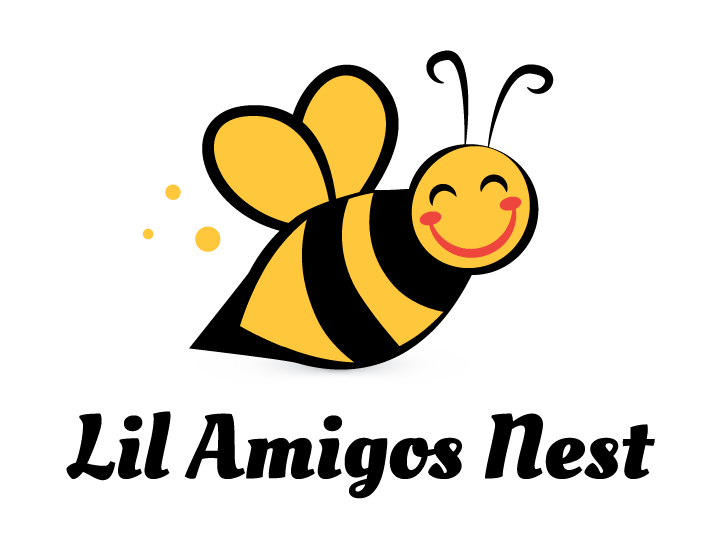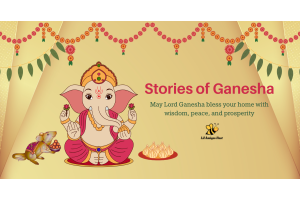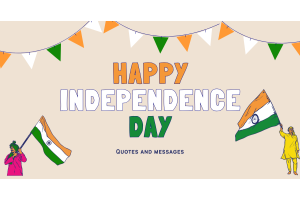Facts you need to know about Holi

The Ultimate Guide to Holi: 10 Facts You Can’t Miss
Holi, India’s kaleidoscopic festival of colors, is more than just a playful splash of red, green, and yellow. As Holi 2025 approaches, millions worldwide are gearing up to celebrate this iconic event that embodies joy, unity, and renewal. But how much do you know about Holi? From the origins of Holi colors to lesser-known traditions, this blog uncovers the most interesting facts about India’s beloved festival. Whether you’re planning to join the best Holi festival in India or are simply curious about this Indian festival’s magic, here’s everything you need to know.
1. Holi Celebrates the Triumph of Good Over Evil
At its core, Holi is rooted in Hindu mythology. The festival marks the victory of Lord Vishnu’s devotee, Prahlad, over the demoness Holika. According to legend, Holika tried to burn Prahlad in a fire but was destroyed herself due to his unwavering faith. This story commemorates the night before Holi with Holika Dahan, a bonfire symbolizing the burning of negativity. Families gather around the flames, sing hymns, and pray for prosperity—a powerful reminder that good always conquers evil.
2. Holi Colors Were Once Natural (and Edible!)
The vibrant Holi colors we know today haven’t always been synthetic. Traditionally, people used natural ingredients like turmeric, neem, sandalwood, and flower extracts to create safe, eco-friendly powders. For instance, red came from hibiscus petals, yellow from marigolds, and green from dried leaves. Sadly, modern Holi celebrations often rely on chemical-based colors, which can harm the skin and the environment. Thankfully, many communities are reviving organic alternatives—perfect for a safer, sweeter celebration!
3. It’s Also a Spring Harvest Festival
Beyond mythology, Holi coincides with the arrival of spring and the end of winter. Farmers celebrate the season’s first harvest by offering prayers for fertile land and abundant crops. In rural India, you’ll see folks dancing in fields, singing folk songs, and tossing grains into bonfires as offerings. This connection to nature makes Holi a festival of gratitude as much as revelry.
4. Mathura and Vrindavan Host the Most Epic Celebrations
While Holi is celebrated nationwide, the best Holi festival in India happens in Mathura and Vrindavan—the birthplace of Lord Krishna. Here, festivities last over a week! The famous “Lathmar Holi” in Barsana involves women playfully hitting men with sticks (lathis) while men defend themselves with shields. It’s a riot of laughter, music, and tradition you won’t find anywhere else.
5. Forget Water Guns—Try “Phoolon ki Holi”
If you prefer flowers over foam, head to Delhi’s Dwarka Temple or Vrindavan’s Banke Bihari Temple for Phoolon ki Holi (Holi of Flowers). Instead of colored powders, devotees shower each other with fragrant marigolds and rose petals. The air fills with floral scents, creating a serene yet festive atmosphere—a beautiful twist on the classic chaos!
6. Holi Food is a Feast for the Senses
No Indian festival is complete without treats, and Holi delivers! Gujiya, a sweet dumpling stuffed with khoya and nuts, is the star of the menu. Pair it with thandai, a chilled milk drink infused with saffron, almonds, and spices—sometimes spiked with bhang (cannabis paste) for an extra kick. Crispy pakoras, savory dahi bhalle, and sugary malpua round out the feast. Pro tip: Wear stretchy pants!
7. Holi Breaks Social Barriers
Holi’s slogan—“Bura na mano, Holi hai!” (Don’t mind, it’s Holi!)—encourages people to let go of inhibitions. For one day, hierarchies dissolve. Strangers hug, neighbors dance together, and social norms take a backseat to fun. Historically, the festival even bridged gaps between castes and classes, making it a powerful symbol of equality.
8. Global Celebrations Are on the Rise
From New York to Sydney, Holi has gone global! Cities worldwide now host “Holi parties” with music, dance, and color throws. These events often blend Indian traditions with local flavors—think EDM beats in Las Vegas or eco-friendly colors in London parks. It’s proof that the spirit of Holi—joy, unity, and renewal—resonates across cultures.
9. The Date Changes Every Year
Holi follows the lunar calendar, so its date shifts annually. In 2025, Holi will be celebrated on March 14th, with Holika Dahan on the evening of March 13th. The festival aligns with the full moon (Purnima) in the Hindu month of Phalguna, usually falling between late February and mid-March.
10. Environmental Awareness is Transforming Holi
As eco-consciousness grows, many Indians are rethinking traditions. Chemical colors are being replaced with organic ones, and water waste is minimized through dry Holi events. Communities also organize tree-planting drives post-Holi to offset the environmental impact. It’s a small but vital step toward preserving the planet while keeping the festival alive.
Conclusion
Holi isn’t just a festival—it’s an emotion. It’s about smearing colors on friends, dancing till your feet ache, and savoring the sweetness of life. Whether you’re drenched in gulal in Jaipur or tossing petals in Pushkar, Holi 2025 promises unforgettable memories. So mark your calendar, pack your whitest clothes, and join the world in celebrating India’s most colorful gift to humanity. After all, as the saying goes, “Life is like Holi—bright, messy, and meant to be enjoyed with others!”


























